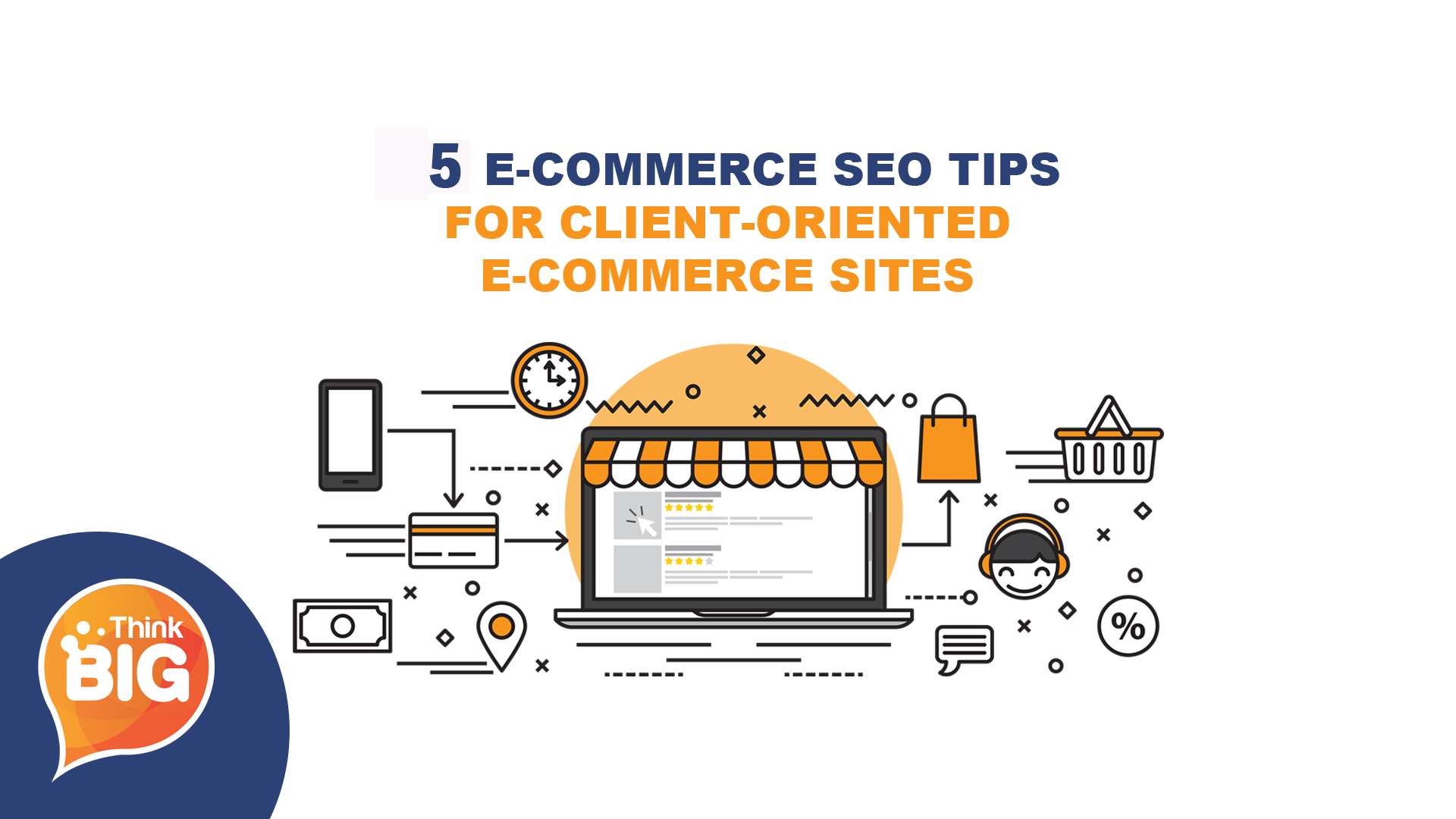
Many e-commerce sites still underestimate SEO and choose to focus most of their digital marketing efforts on social media and PPC.
E-commerce SEO isn’t easy but if you do it the right way, it can improve your rankings, drive quality traffic and, of course, increase sales.
We’ve compiled a list of 5 effective e-commerce SEO tips will help you get your website to the top!

E-commerce SEO #1 – Conduct Website Audit
Conducting a website audit will help you detect all the problems that need to be fixed, such as:
- Technical problems that cause problems for search engine crawlers
- Duplicate content or lack of content
- Duplicate pages
- Redirects
- Problems with meta tags and meta descriptions
- Keyword cannibalization
- Missing header tags, etc.
To check whether your website has some of these problems, you can use audit tools such as:
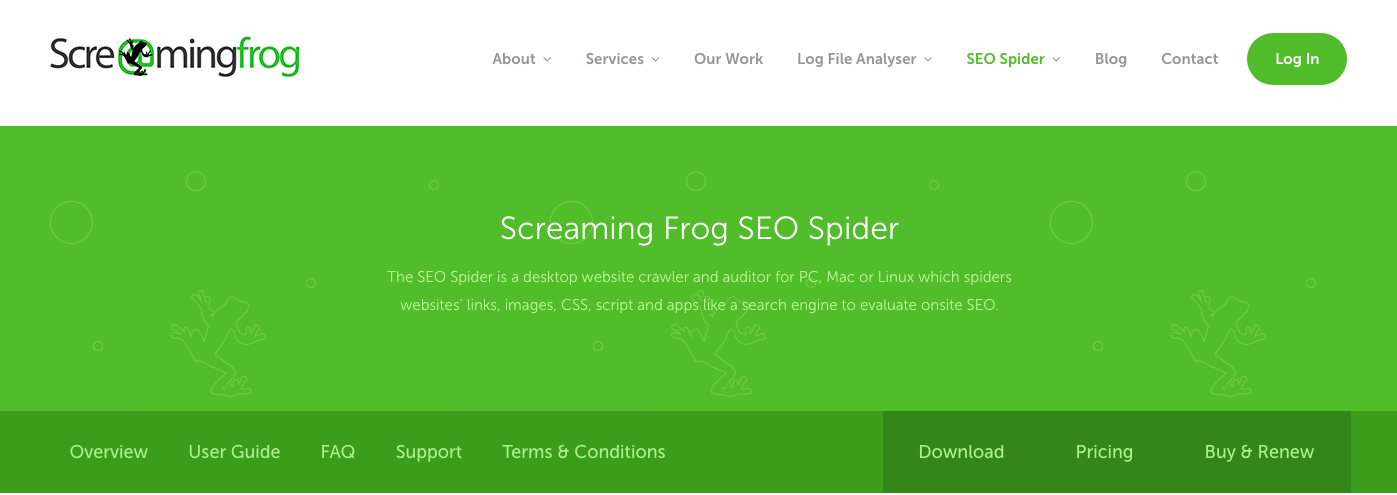
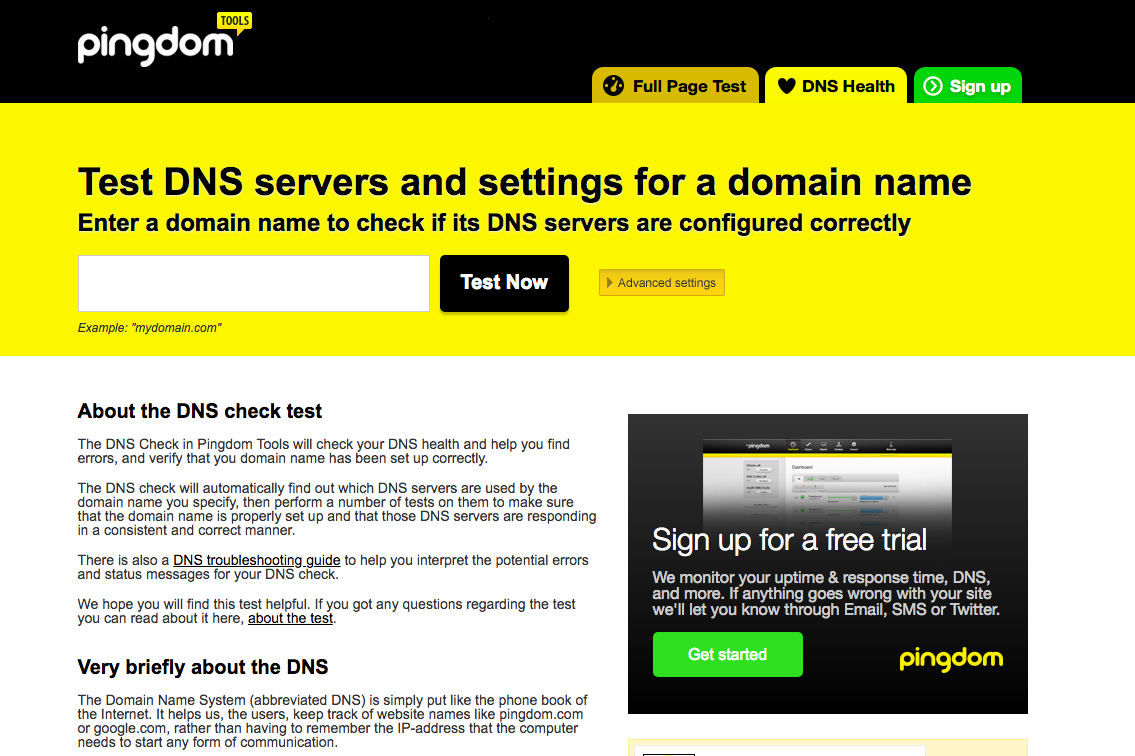
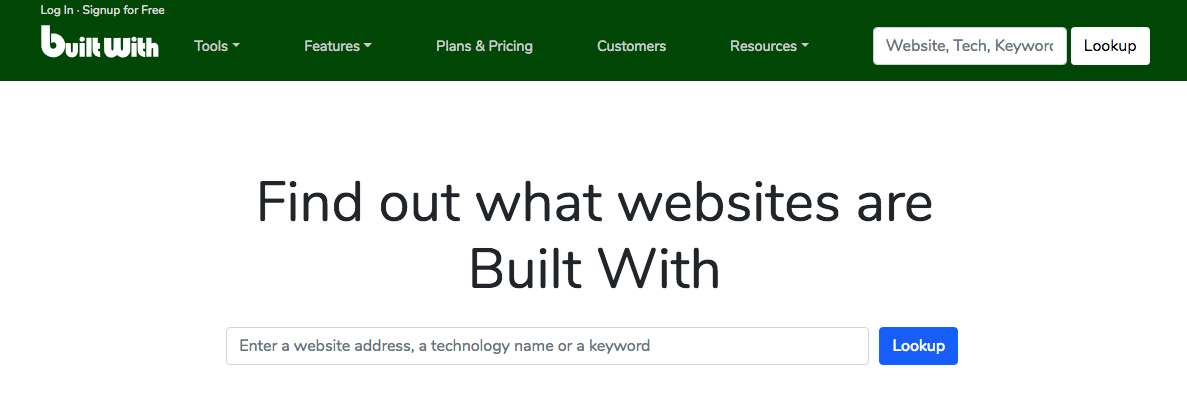
These tools will analyze your site and report on all issues and errors. After that, you’ll be able to improve your site’s SEO and overall usability.
Note: Instead of using a HTTP, switch to HTTPS communication protocol for your e-commerce website. First of all, because this is also Google’s preferred protocol and will slightly boost your rankings. Second, it provides a more secure connection, which improves user experience and prevents customers from abandoning your site before making a purchase.
E-commerce SEO #2 – Keywords Research
Researching keywords is the base for any SEO strategy and e-commerce is no exception.
Besides the home page, e-commerce websites have to optimize the following types of pages:
- product pages
- category pages, and
- blog articles (having a blog is highly recommended)
If your site is already working, focus on optimizing your top pages, i.e. pages with the most traffic.
Take inspiration from competitors
If you don’t know where to start searching for your ideal keywords, check out your competition and ‘borrow’ some of their keywords. By creating content that is better than your competitor’s, you can expect to rank higher for the same keywords.
However, during content creation, always have people in mind, not search engines. Choose topics that people want to read about and will be interested to share. Google rewards websites that produce high-quality content and penalizes those that use tactics like keyword overstuffing, copying, or spinning.
Long-tail keywords
Instead of choosing single keywords for every page, go for one main keyword and multiple long-tail keywords.
Long-tail keywords consist of more than one word. They are actually the unique searches used by people to find what they want online. From an SEO perspective, these keywords are great because they enable you to rank for many other keywords.
Most important factors when choosing a keyword
When choosing a keyword, consider the following factors:
- Intent – When searching for things online, people usually look for solutions to their problems. Think: what keywords would your customers use during this process? What’s their intent?
When it comes to e-commerce sites, these keywords can be divided into four categories:
Awareness keywords – definition of, list of, what, why
Interest keywords – guide, tutorial, how to
Purchase keywords – free, buy, coupon, shipping, deal, discount
Evaluation keywords – comparison, cheaper, best, top, price, features.
- Relevancy – make sure the selected keywords are relevant to your pages, i.e. to your products or brand. This means that their local search volume should be high, whereas their difficulty score should be low.
- Search volume – High search volume indicates high traffic. Go for keywords that aren’t too broad because people won’t be able to find what they’re looking for.
- Competitiveness – In addition, your keywords shouldn’t be too competitive because such keywords take too much time and effort to get high rankings. For instance, if websites like Amazon already rank for the keyword you have selected, there’s no point competing with them.
In short, ideal keywords have the following three characteristics:
- high search volume
- low competition, and
- low ranking difficulty.
The best way to check for these crucial characteristics, use tools like:
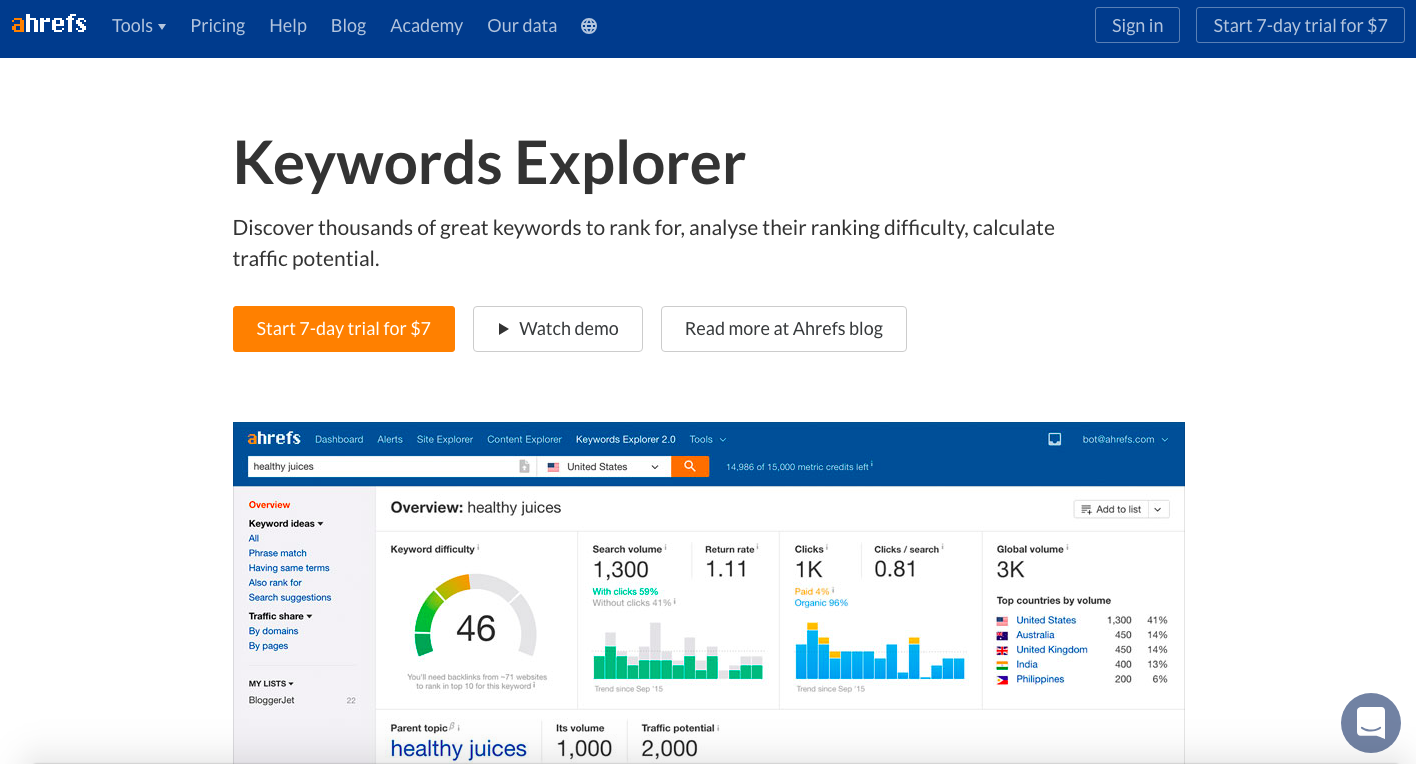

SerpStat Keyword Research Tool
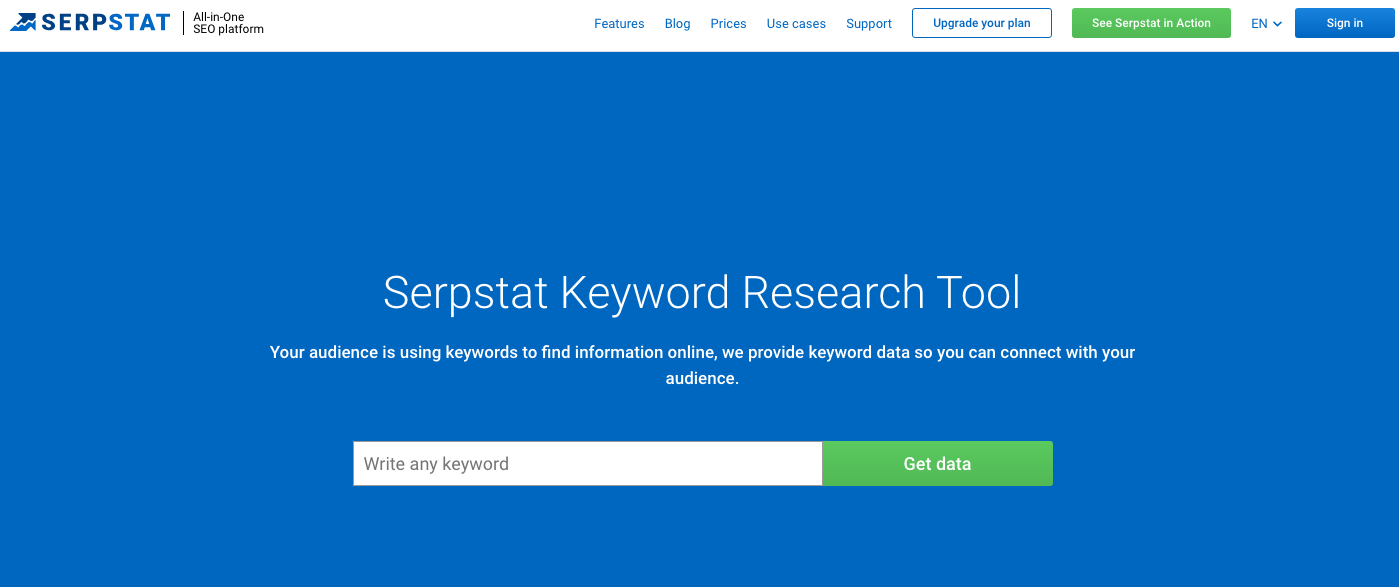
Note: since none of these tools gives 100% correct results, it’s wise to filter the selected keywords though more than one of them.
Keyword cannibalization
Keyword cannibalization occurs when more than one pages of the site are ranking for the same keyword. This is something you need to avoid because it confuses search engines and, as a result, decreases the traffic for that particular keyword.
E-commerce SEO #3 – On-page SEO Optimization
Once you have a list of keywords, you need to optimize your pages for those keywords. For a page to be optimized, the keyword needs to appear in the following places:
- URLs
- Page title
- Headers
- Subheaders
- Product descriptions
- Picture file names
- Picture ALT tags
- Meta title
- Meta description
Pay special attention to the H1s and title tags because they’re the first things people see when searching a certain product online. So, besides adding your keyword, try to make these elements captivating enough to make people click the link. In addition, they let Google know the page is relevant to the specific search.
When creating meta titles and URLs, make sure they consist of real words (including your keyword) and not a bunch of numbers and letters without any sense.
Even though it’s unsure whether Google takes meta descriptions into consideration when ranking pages and websites, they give you a chance to present your product in the best way and attract users’ attention. As a result, the higher the traffic and the CTR are, the higher Google will rank you.
A creative description that includes the product’s benefits and specifications, along with a number of high-quality images (or even videos), is very likely to persuade people to make a purchase.
Note: Avoid keyword overstuffing. When creating meta titles and meta descriptions, try to make them sound as natural as possible, just like ads.
E-commerce SEO Tips #4 – Get Backlinks
When it comes to link building, what makes e-commerce sites different is that you need to have links to a greater number of pages.
Building links organically is a long process but if you are patient enough, it will eventually pay off. The best tactics to gain links naturally are guest posting, as well as media and blogger outreach.
Luckily, there are a few great tools that can help you out when it comes to finding link building possibilities, such as:
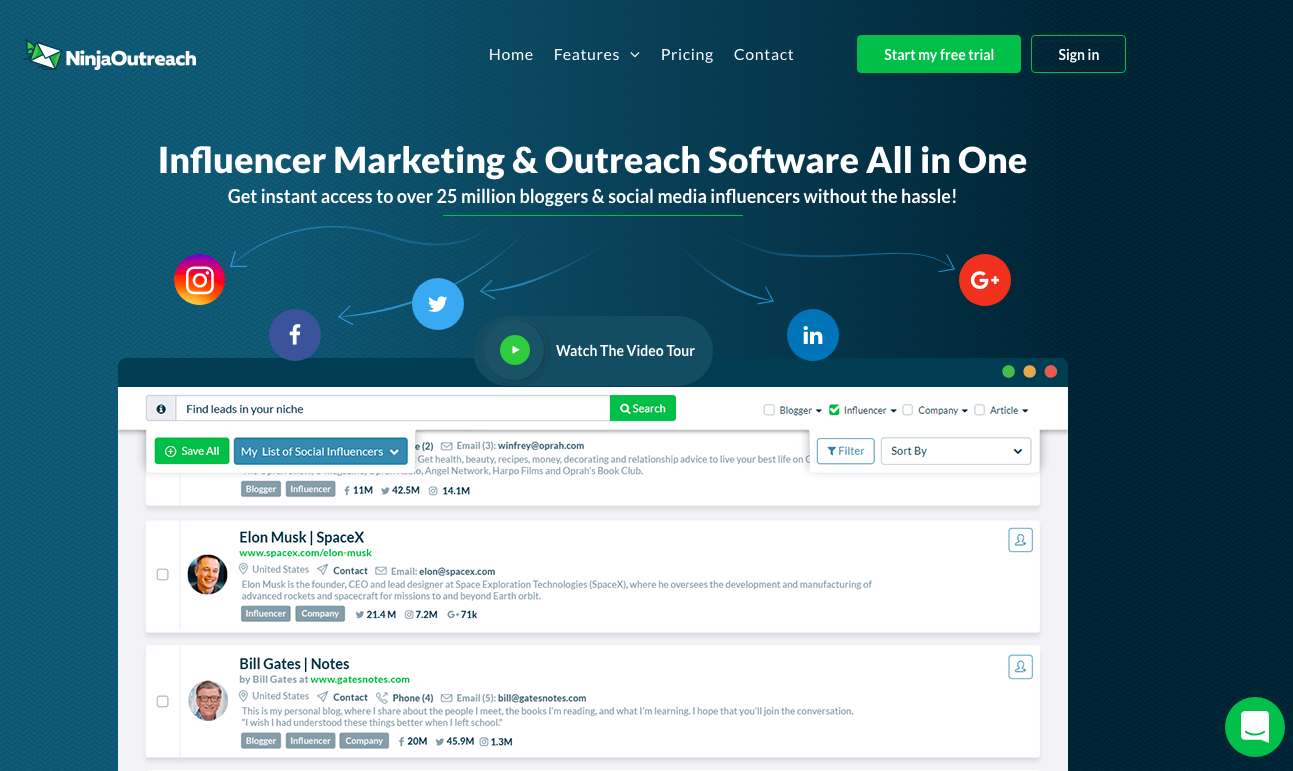

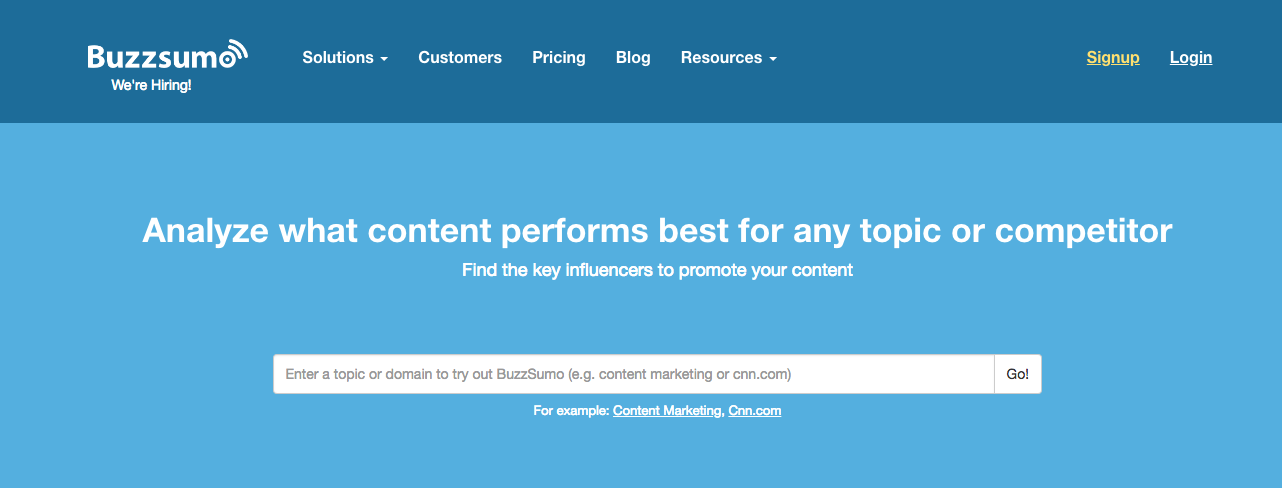
Finally, check where your competitors are getting their backlinks from and use their sources. This will save you a great deal of time and effort. For this purpose, you can use tools like:
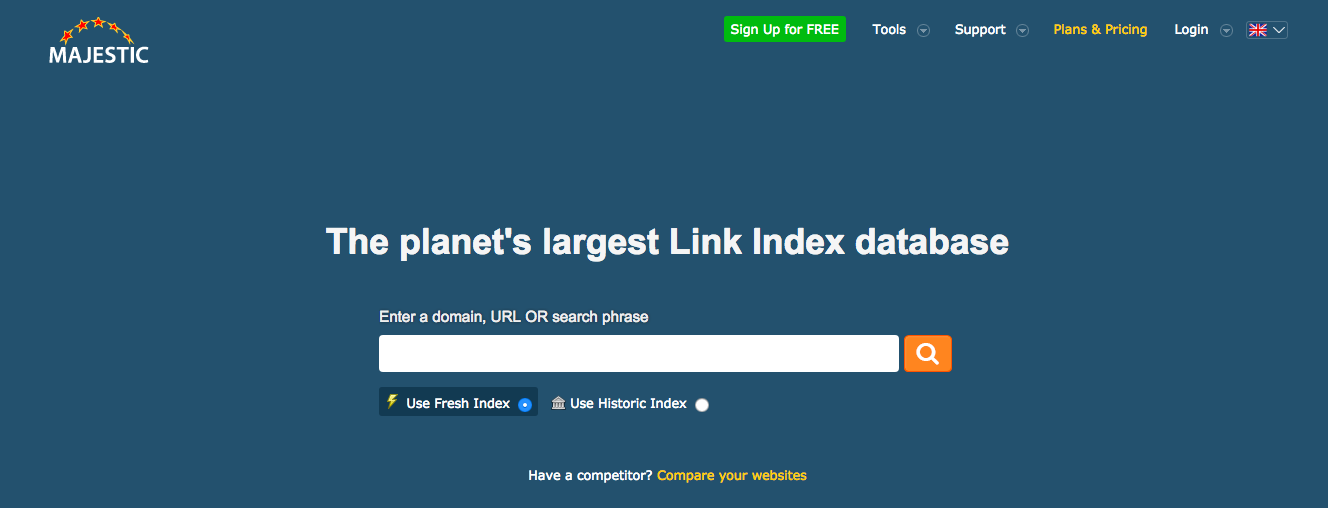
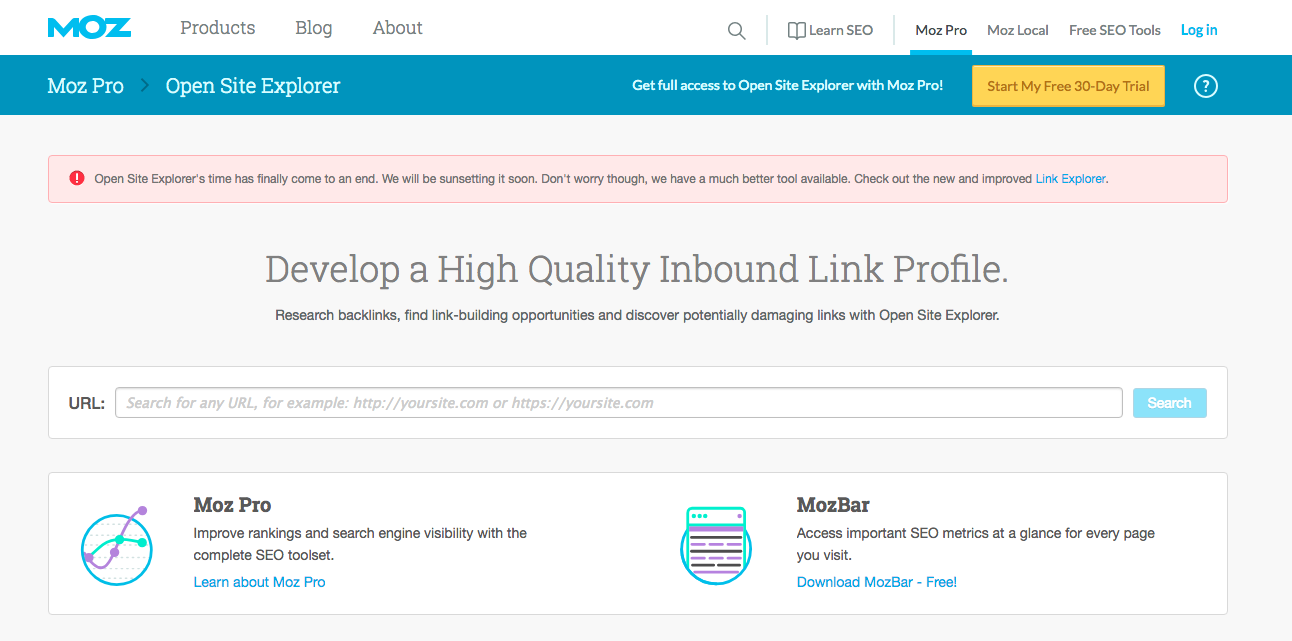
E-commerce SEO Tips #5 – Create Blog Content
Once you conduct the keyword research mentioned in #1 and make a list of possible keywords, you’ll realize you can’t use all of them. This is because each page on your e-commerce website needs to be optimized for one keyword only.
Having a blog is very helpful in this situation since you can optimize each article for one of the unused (but nevertheless important) keywords.
As mentioned before, the blog articles you’re creating need to be original and high-quality; otherwise, you might end up penalized by search engines. Focus on writing content that is useful and valuable for your audience, something that helps them solve their issues or educates in some way.
If you need content ideas, turn once again to your competitors or use one of the following tools:
AllTop

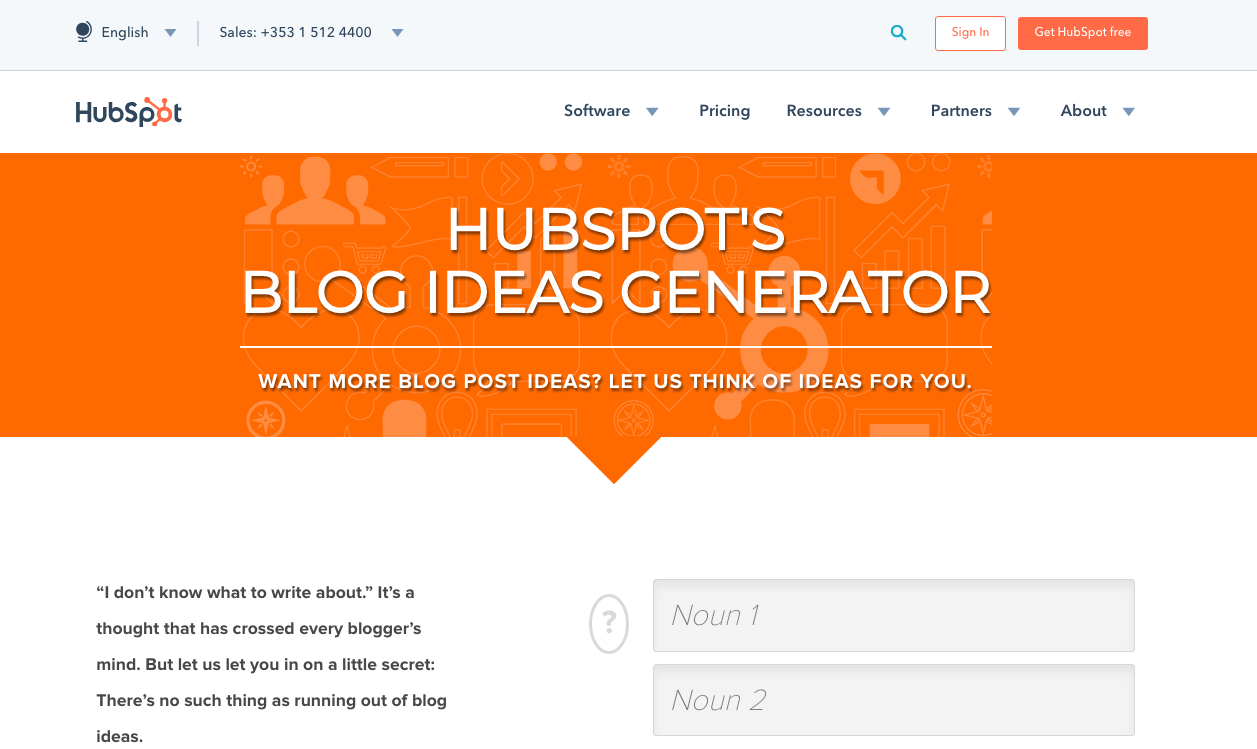
If you lack writing skills, it’s wise to think of hiring a professional and experienced writer with a good knowledge of SEO. Don’t know anyone that matches this profile? Try freelancer platforms such as Upwork, PeoplePerHour, or Fiverr.
Note: Once you have a sufficient number of written articles, you can collect the ones that cover the same topic in an e-book. Then, use this downloadable e-book to increase conversion or drive more engagement.
Conclusion
E-commerce SEO is all about driving the right audience to your site and converting it into customers. The bottom line is, of course, to increase sales.
That’s why you need to focus on people’s needs and the ways to solve their problems – optimize your pages for keywords that your target audience uses, write creative descriptions that include your product’s benefits, and create blog posts that are valuable to potential customers.
Finally, make your e-commerce website user-friendly, so that users will want to come back and buy your products repeatedly.

